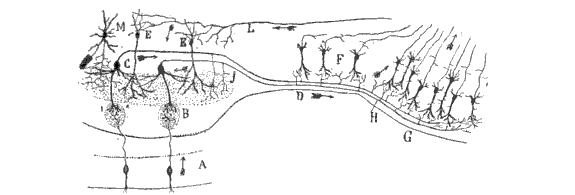We get asked all the time by non-scientists to explain what it is we do, and why we do it. While we often give a short answer — we work on characterizing the neural basis for innate behaviors — to those interested in a bit more detail we offer this general overview of the specific biological problems we are addressing, and what we hope to learn from our experiments. This summary is not by any means meant to be scientifically comprehensive, but hopefully conveys something useful about how we are thinking about the brain here in the lab

